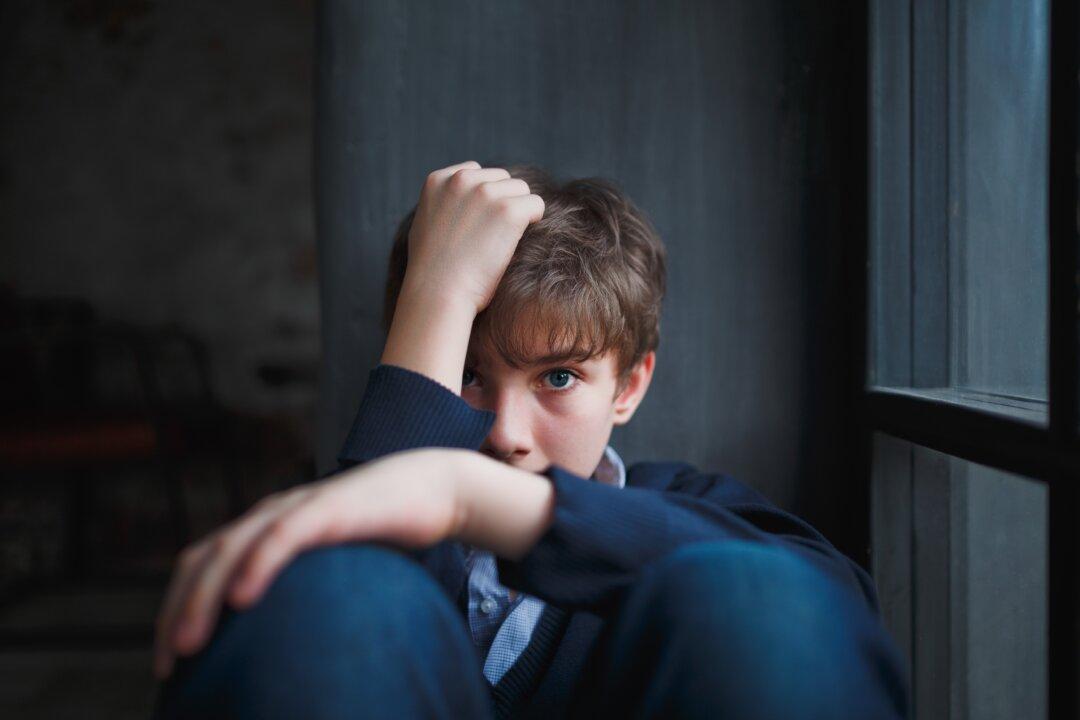When we think of substance abuse, we often think of adults. But children are just as susceptible to the reality of addiction as adults—and potentially more so, because their minds and bodies are still developing.
When a child ventures into the territory of substance abuse, they may be doing so for a number of reasons. A chaotic home life, trouble in school, difficulty making or keeping friends, mental illness, and other factors can all contribute to substance abuse in children. According to the National Institute on Drug Abuse, struggling in school or having poor social skills can be major risk factors for using drugs or becoming addicted to them.

